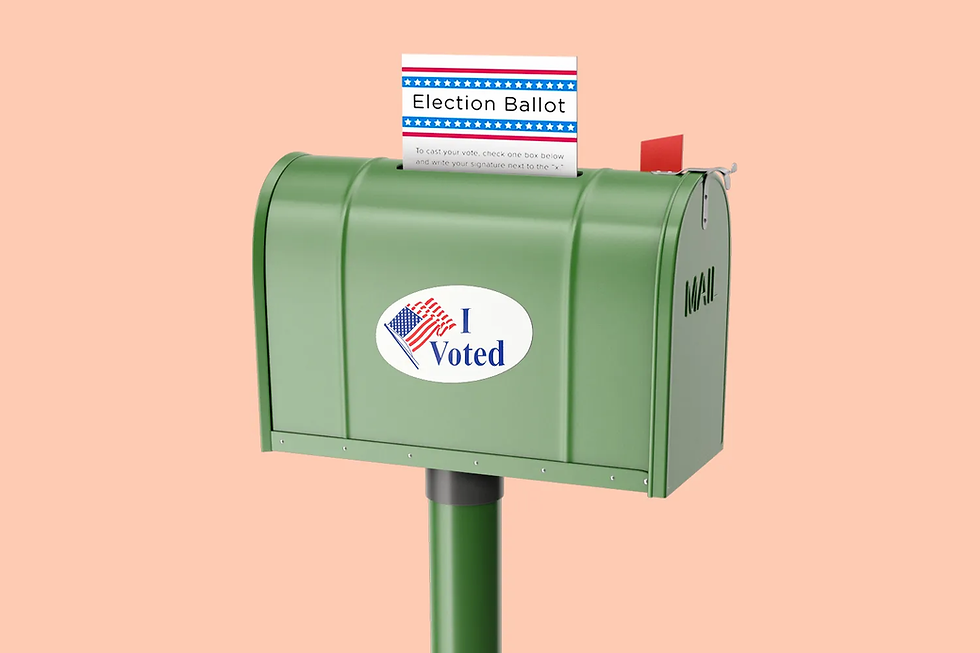How the Transatlantic Slave Trade Still Affects Black People Today
- Editorial Team

- Jul 10, 2020
- 4 min read

Photo: Global News
The Transatlantic Slave Trade was a system in which enslaved people, guns, alcohol, sugar, and more were transferred between Europe, Africa, and the Americas. It began in the late 1400s as Portuguese slave traders would sell enslaved people to parts of the Caribbean. It is estimated that a few hundred thousand Africans were brought there between 1490-1600 and that between 10-15 million Africans were brought to the Americas between then and the 19th century.
A major reason why these Portuguese people began transporting Africans to the Americas is because they could not physically do the labor needed to crow the crops planted there. These new Spanish colonies in the Americas had perfect growing conditions for sugarcane, tobacco, cotton, but the work was very labor intense. They did not have enough settlers to do the work so they then tried to force the native people to do it. Many native people died, both from overworking and new diseases brought from Europe. The Europeans needed more labor so they turned to Africa.
When white Europeans began coming to Africa for people to enslave, they offered guns, weapons, and alcohol to the African tribe leaders. Many white people today love to point out that the African tribe leaders sold their own people into slavery so it wasn’t that bad, but this is just not the whole story. The people they sold were criminals and prisoners of war from rival tribes. They did not view them as fellow Africans because they were not really their own people. So when they sold these people in exchange for weapons, they could better protect their own people from capture. They were able to strengthen their own communities from this.
This quickly turned ugly as the demand for enslaved people exploded. Slavery was replaced as a punishment for many crimes and wars began in Africa over slavery. To protect themselves from slave raids by Europeans, Africans needed weapons that were acquired from the selling of Africans – it was a vicious circle. What started as selling criminals, turned into wars fought specifically to capture other tribes’ men to sell into slavery. It was really “us vs. them”. If you were able to sell others into it, the Europeans would not take your own people and raid your villages. You were then more equip to protect yourself from the weapons the Europeans gave you.
But once captured or sold, Africans were subject to unthinkable horrors. Everyone had their heads shaved and their bodies branded once getting on the ships to the Americas. The slave traders would cram as many people below deck as possible in order to maximize their profits. Between 10-20% of Africans died on the voyage because of horrible conditions. Many were sick, many starved, many were beaten, and many were raped. The traders would also cut off the ears of the enslaved people as proof of purchase. They Africans were treated as cargo, not humans.
Most of the Africans sold to the Americas were men which lead to unbalanced demographics in Africa. As time passed, there were very few men which led to these countries becoming more vulnerable to European colonization and invasion.
It is also important to discuss how the Europeans that declared themselves “Christian” could commit such heinous acts. They outlawed enslaving their fellow Christians so they needed an excuse to sell human beings; contradicting their claims of equality in the church. In order to make themselves feel better, they claimed that Africans were biologically inferior and destined to be slaves. This completely made up idea is still a common held idea in America today. What started as a lie and excuse to make money, became an insidious idea which led to the creation of a country predicated on the idea of inequality. This idea has made it practically impossible for Black people to obtain an equal status in our country even today.
It is estimated that anywhere between 10 and 15 million Africans were brought to the Americas between the late 16th and late 19th centuries. And around 15% of them died on the trip. The ones that survived the voyage had only begun their lives of inequality and injustice. Still to this day, the color of one’s skin is a determinant on the value of their lives. Racism is a very real issue in our country and until we acknowledge the biases and inequalities that America is founded on, nobody can truly be free or equal.
Lewis, Thomas. “Transatlantic Slave Trade | History & Facts.” Encyclopædia Britannica, 7 Sept. 2018, www.britannica.com/topic/transatlantic-slave-trade. Accessed 10 July 2020.
“Slavery and Freedom.” National Museum of African American History and Culture, 16 Sept. 2016, nmaahc.si.edu/slavery-and-freedom. Accessed 10 July 2020.
TED-Ed. “The Atlantic Slave Trade: What Too Few Textbooks Told You - Anthony Hazard.” YouTube, 22 Dec. 2014, www.youtube.com/watch?v=3NXC4Q_4JVg. Accessed 10 July 2020.
“The Trans-Atlantic Slave Trade · African Passages, Lowcountry Adaptations · Lowcountry Digital History Initiative.” Ldhi.Library.Cofc.Edu, ldhi.library.cofc.edu/exhibits/show/africanpassageslowcountryadapt/introductionatlanticworld/trans_atlantic_slave_trade. Accessed 10 July 2020.
“Transatlantic Slave Trade | Slavery and Remembrance.” Slaveryandremembrance.Org, The Colonial Williamsburg Fund, 2019, slaveryandremembrance.org/articles/article/?id=A0002. Accessed 10 July 2020.



Comments